Home>Gardening & Outdoor>Landscaping Ideas>How Often Water Grass In Summer
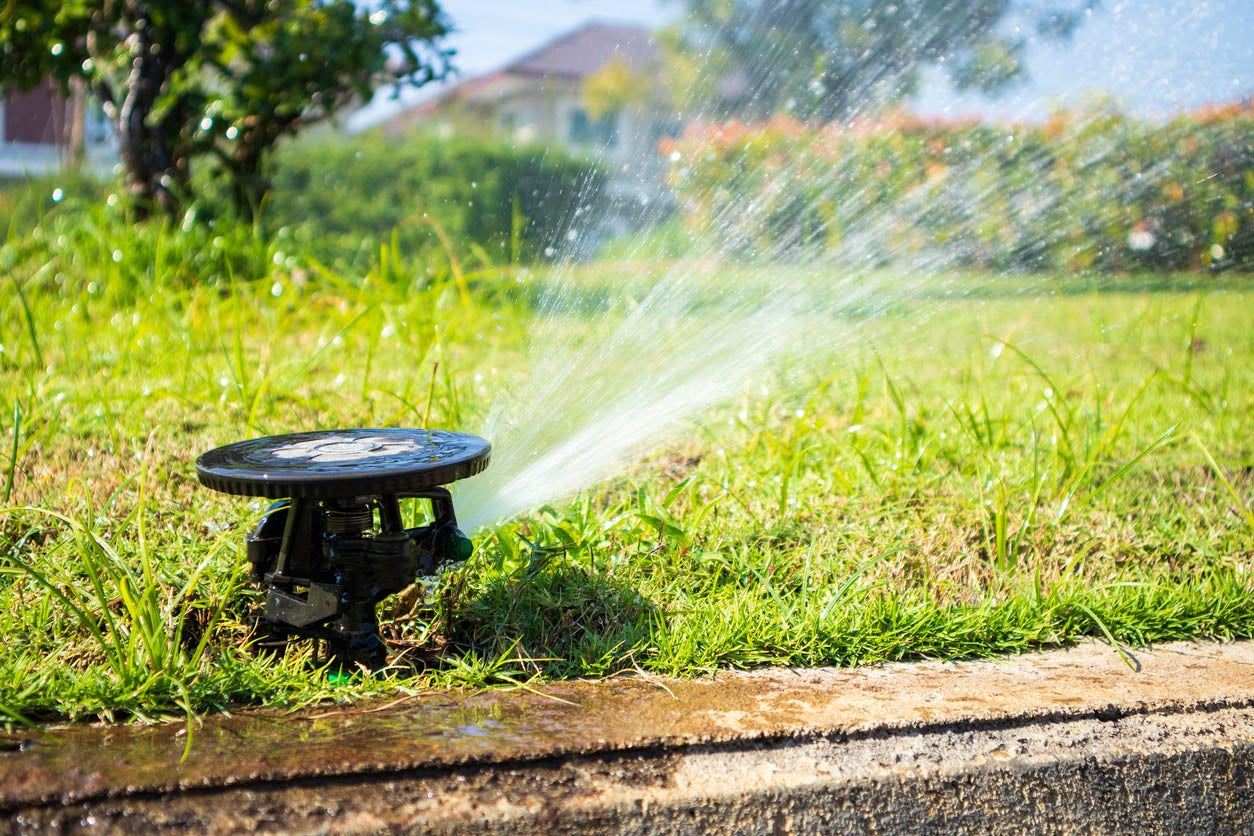

Landscaping Ideas
How Often Water Grass In Summer
Modified: February 18, 2024
Discover effective landscaping ideas for watering grass in the summer. Learn how often to water your grass to keep it healthy and green all season long.
(Many of the links in this article redirect to a specific reviewed product. Your purchase of these products through affiliate links helps to generate commission for Storables.com, at no extra cost. Learn more)
**
Introduction
**
Welcome to the wonderful world of landscaping! As the warm embrace of summer envelops us, the vibrant green of our lawns becomes a focal point of outdoor beauty. However, maintaining a lush and healthy lawn during the summer months requires careful attention, particularly when it comes to watering. In this comprehensive guide, we will explore the essential factors that influence the frequency of watering your grass during the summer, signs of both underwatering and overwatering, and best practices for keeping your grass thriving in the heat. By the end of this article, you will be equipped with the knowledge to nurture a flourishing lawn that can withstand the summer sun with grace.
**
Key Takeaways:
- Different factors like grass type, soil type, and weather conditions influence how often you should water your lawn in the summer. Understanding these factors helps you keep your grass healthy and vibrant.
- Look for signs of underwatering, like wilting and slow growth, or overwatering, like fungus growth and foul odor, to adjust your watering routine. Following best practices, such as deep watering and adjusting for rainfall, helps maintain a lush and resilient lawn.
Read more: How Often To Water Grass In Texas Summer
Factors Affecting Grass Watering Frequency
**
When it comes to watering your grass in the summer, several key factors come into play, influencing the frequency and amount of water your lawn requires. Understanding these factors is crucial for maintaining a healthy and vibrant lawn.
1. Grass Type: Different grass species have varying water requirements. For instance, cool-season grasses such as fescue and bluegrass require more frequent watering compared to warm-season grasses like Bermuda and zoysia. Knowing the specific type of grass in your lawn is essential for determining the appropriate watering schedule.
2. Soil Type: The composition of your soil significantly impacts its water retention capabilities. Sandy soils drain water quickly and may require more frequent watering, while clay soils retain moisture for longer periods, necessitating less frequent watering.
3. Weather Conditions: The intensity of the summer sun and the frequency of rainfall directly influence your lawn's watering needs. During periods of high temperatures and minimal rainfall, your lawn will require more frequent watering to prevent dehydration.
4. Evapotranspiration Rate: This term refers to the combined process of water evaporation from the soil and transpiration from the grass. Higher temperatures and wind speed contribute to an increased evapotranspiration rate, leading to faster water loss from the soil and plants.
5. Lawn Mowing Height: The height at which you mow your grass can impact its water requirements. Taller grass provides shade to the soil, reducing water evaporation and promoting deeper root growth, whereas shorter grass exposes the soil to more sunlight, leading to increased water loss.
By considering these factors, you can tailor your watering schedule to suit the specific needs of your lawn, ensuring that it receives the optimal amount of moisture to thrive during the summer months.
**
Signs of Underwatering and Overwatering
**
Recognizing the signs of both underwatering and overwatering is essential for maintaining the health and vitality of your lawn. By understanding these indicators, you can adjust your watering practices to ensure that your grass receives the perfect balance of moisture.
Signs of Underwatering:
- Wilting: When grass doesn’t receive enough water, it may begin to wilt, appearing limp and losing its vibrancy.
- Change in Color: Underwatered grass often takes on a dull, bluish hue, signaling its distress.
- Slow Growth: Insufficient water can impede the growth of your lawn, resulting in stunted or slow growth patterns.
- Footprints Remain: If footprints or imprints from lawn equipment persist for an extended period, it may indicate that the grass lacks adequate moisture to recover.
Signs of Overwatering:
- Fungus Growth: Excess moisture creates a hospitable environment for fungal growth, leading to the development of mold and mildew on the grass blades and soil surface.
- Foul Odor: Overwatered lawns may emit a musty or unpleasant odor due to the stagnant water and decaying organic matter in the soil.
- Yellowing and Thinning: Too much water can cause the grass to yellow and become thin as the roots suffocate from lack of oxygen.
- Puddles and Runoff: If water pools on the surface or runs off the lawn instead of being absorbed, it indicates that the soil is oversaturated.
By remaining attentive to these telltale signs, you can adjust your watering routine to provide your lawn with the perfect amount of hydration, promoting healthy growth and resilience during the summer.
**
Water your grass in the early morning or late evening to reduce evaporation. In summer, aim to water deeply 1-2 times per week, rather than shallowly every day. Adjust based on rainfall and local climate.
Best Practices for Watering Grass in Summer
**
Mastering the art of watering your grass during the summer involves a delicate balance of timing, frequency, and technique. By adhering to the following best practices, you can ensure that your lawn remains lush and vibrant throughout the season.
1. Watering Schedule: Establish a consistent watering schedule to provide your lawn with regular moisture. Early morning is the ideal time, as it allows the grass to absorb the water before the heat of the day accelerates evaporation.
2. Deep Watering: Instead of frequent shallow watering, aim for deep watering sessions that penetrate the soil and encourage the development of deep, robust roots. This promotes drought resistance and overall lawn health.
3. Water Absorption: Monitor the absorption rate of your soil to prevent runoff. If you notice water pooling or running off the lawn, pause the watering and allow the soil to absorb the moisture before resuming.
4. Irrigation System Maintenance: Regularly inspect and maintain your irrigation system to ensure that it distributes water evenly across the lawn. Address any leaks, clogs, or misalignments promptly to maximize water efficiency.
5. Adjusting for Rainfall: Keep an eye on the weather forecast and adjust your watering schedule accordingly. If rainfall is predicted, you can reduce or skip a watering session to prevent overwatering.
6. Drought Tolerance: Encourage the development of drought-tolerant grass by gradually reducing watering frequency, prompting the roots to grow deeper in search of moisture. This enhances the resilience of your lawn during dry spells.
7. Mulching: Applying a layer of organic mulch around your grass helps retain soil moisture, reduces evaporation, and regulates soil temperature, creating an optimal environment for healthy grass growth.
By implementing these best practices, you can elevate your lawn watering regimen to an art form, nurturing a resilient and verdant expanse of grass that thrives under the summer sun.
**
Conclusion
**
As we conclude this journey through the nuances of watering grass in the summer, it is evident that maintaining a healthy lawn requires a thoughtful and attentive approach. By considering the unique factors influencing your lawn, recognizing the signs of both underwatering and overwatering, and implementing best practices for watering, you can cultivate a lush and resilient grassland that enhances the beauty of your outdoor space.
Embracing the art of lawn care involves not only providing essential nourishment to your grass but also fostering an environment where it can thrive independently. By deepening your understanding of your lawn’s water requirements and tailoring your watering practices to suit its specific needs, you empower your grass to endure the summer heat with grace and vitality.
Remember, the rhythm of nature guides us in this endeavor. By aligning our watering schedule with the gentle embrace of the morning sun and the natural ebb and flow of rainfall, we harmonize with the elements, fostering a symbiotic relationship with the land beneath our feet.
As you embark on this journey of tending to your lawn, may your efforts yield a tapestry of green that invites barefoot strolls and joyful gatherings, a testament to the care and attention you have bestowed upon your outdoor sanctuary.
With these insights and practices at your disposal, may your lawn flourish, becoming a testament to the artistry of nature and the nurturing touch of a dedicated caretaker.
Frequently Asked Questions about How Often Water Grass In Summer
Was this page helpful?
At Storables.com, we guarantee accurate and reliable information. Our content, validated by Expert Board Contributors, is crafted following stringent Editorial Policies. We're committed to providing you with well-researched, expert-backed insights for all your informational needs.
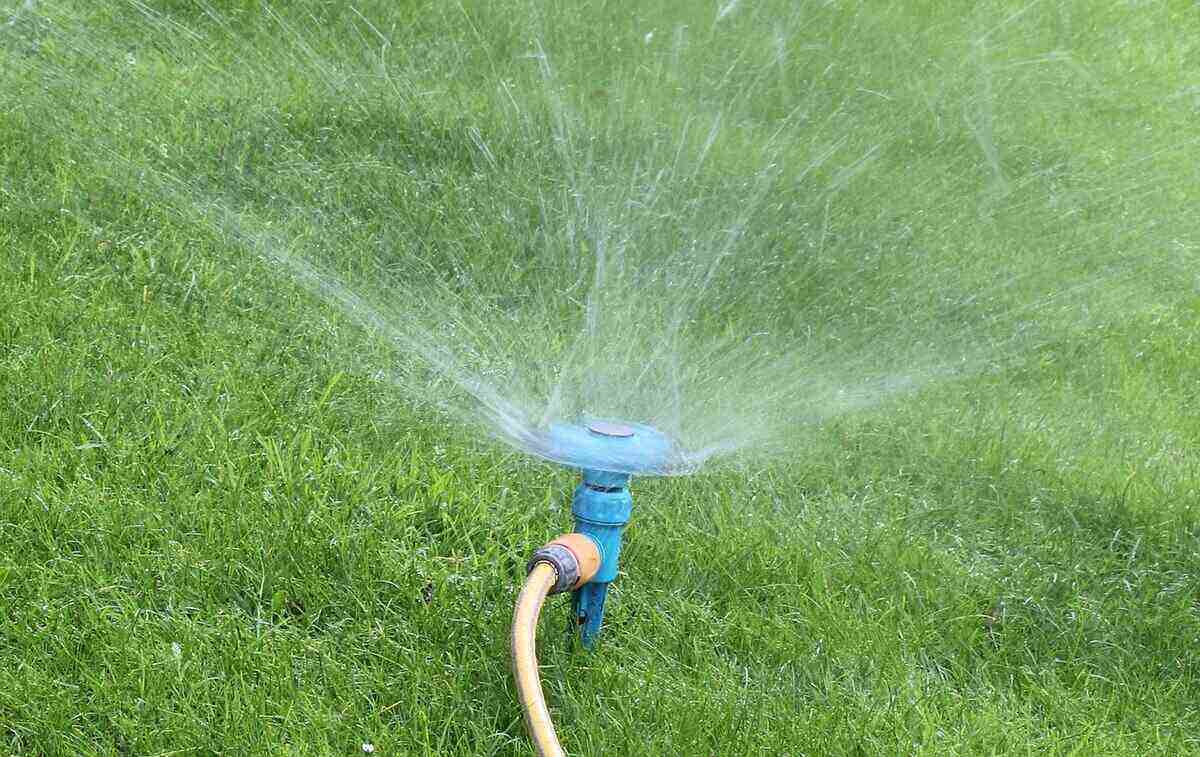
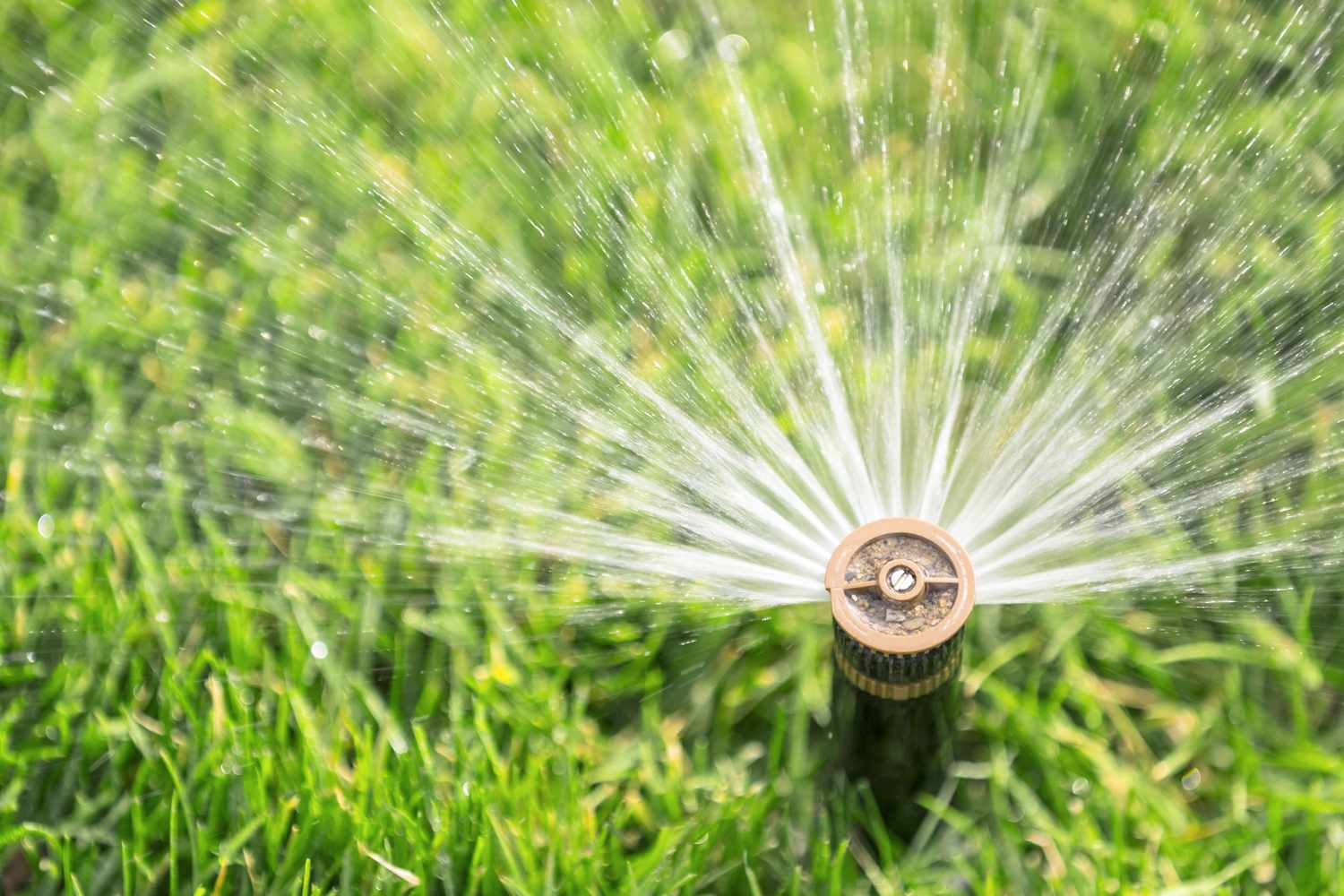
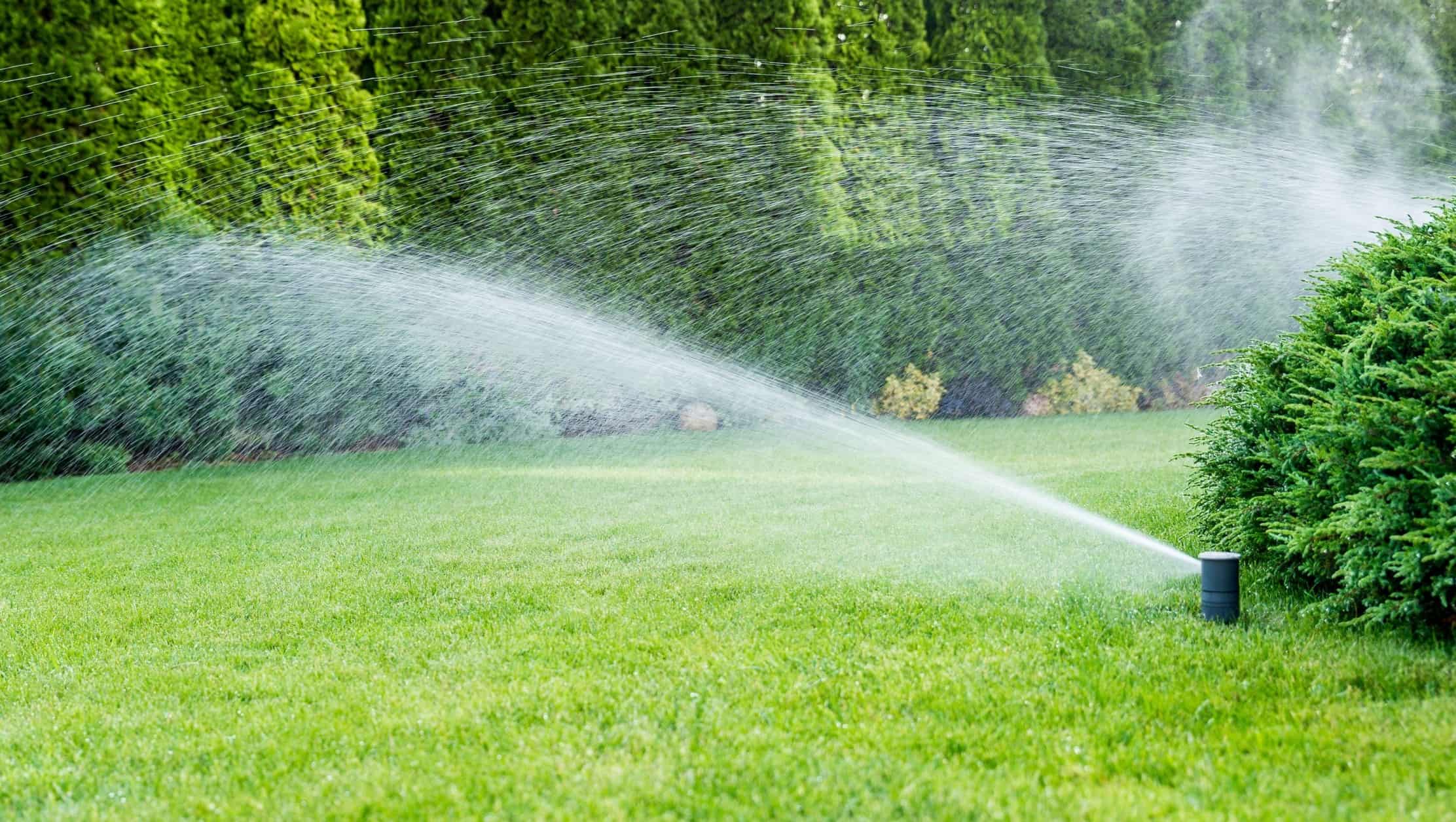
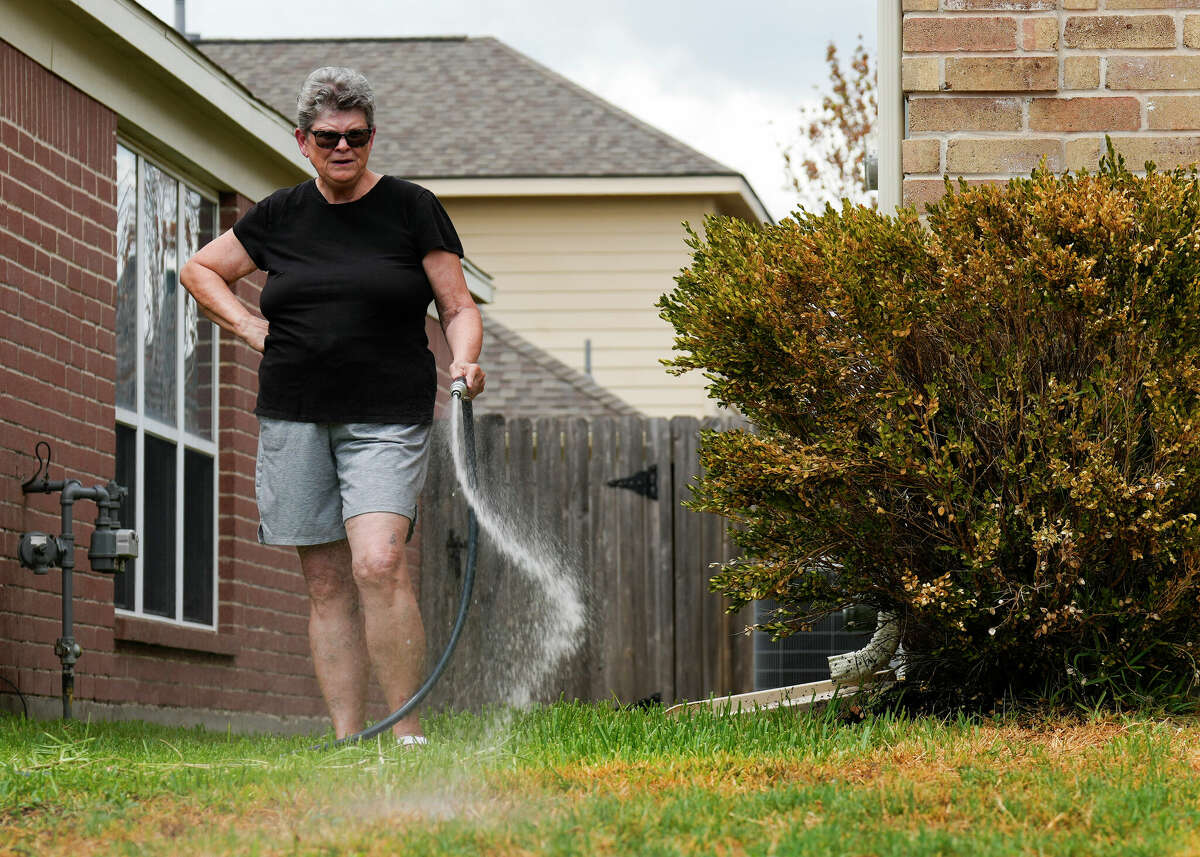
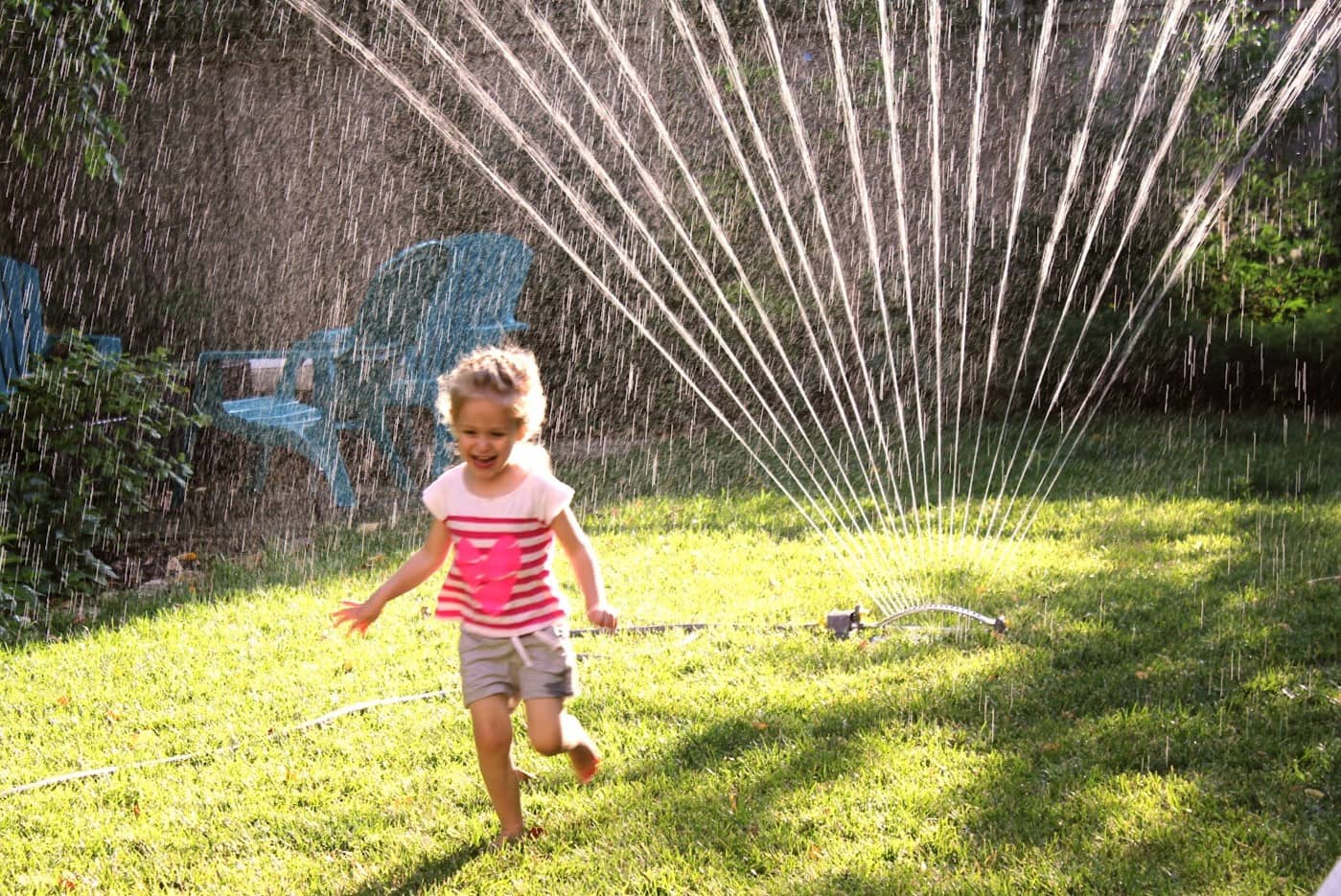
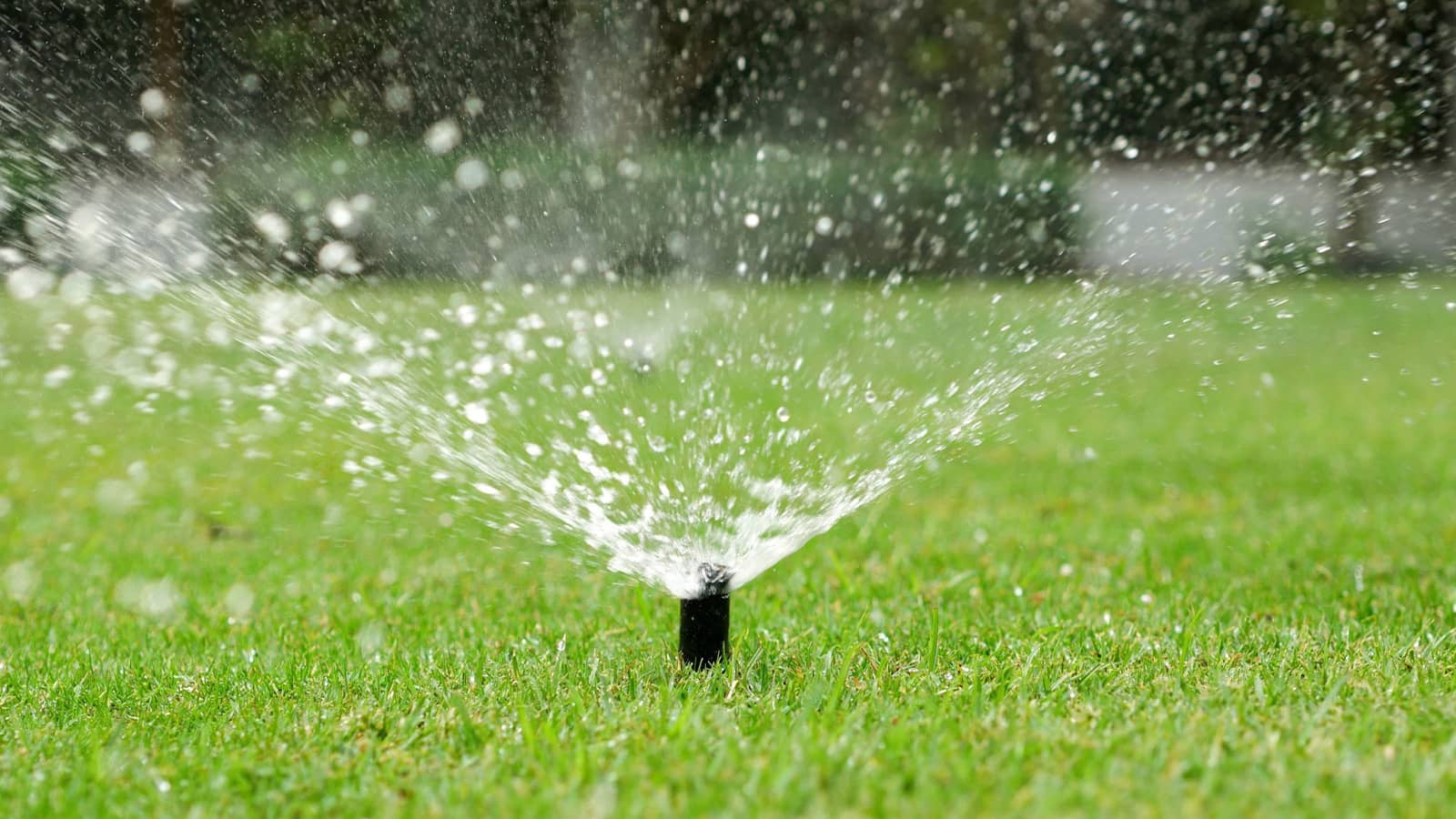
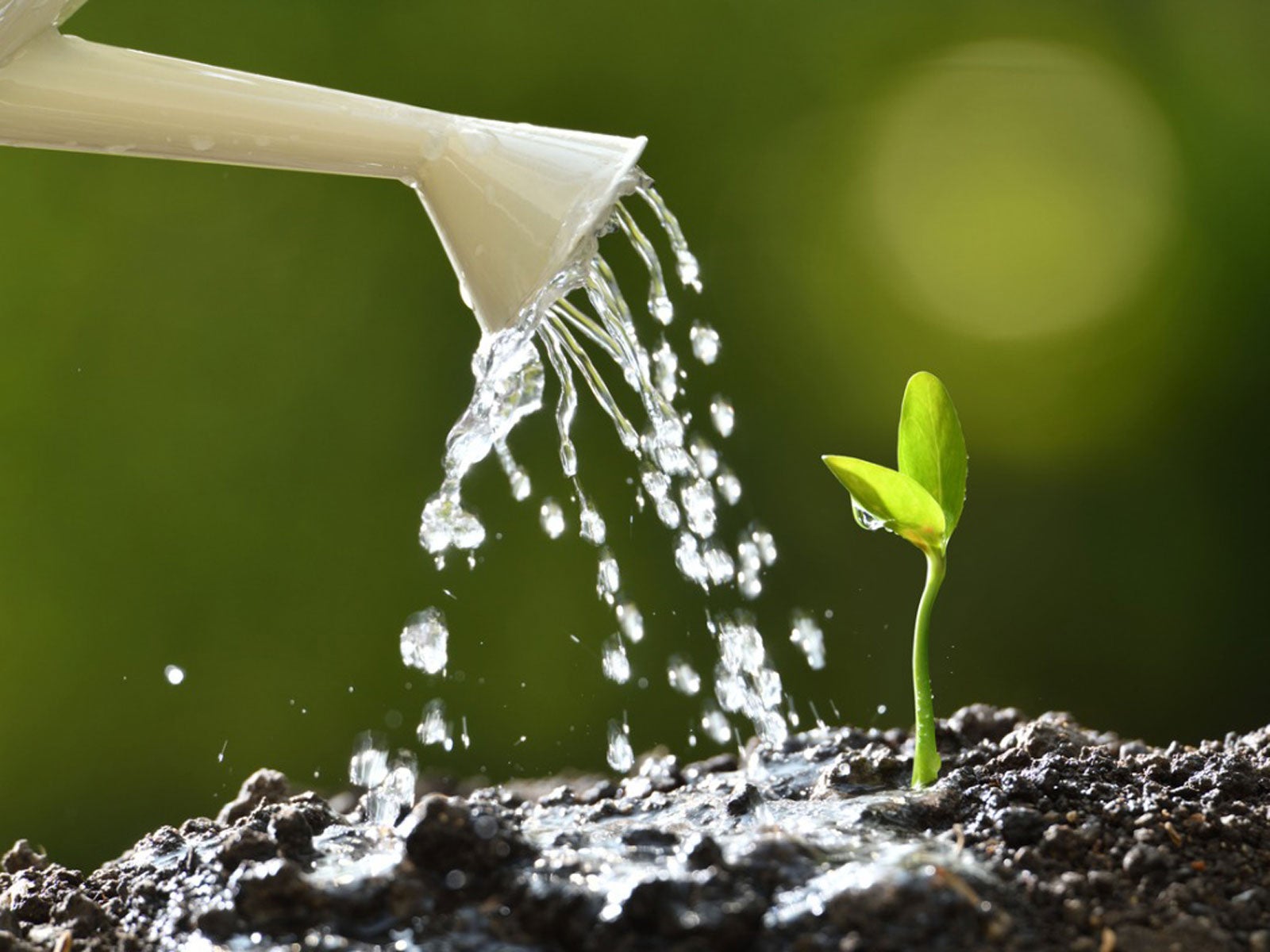
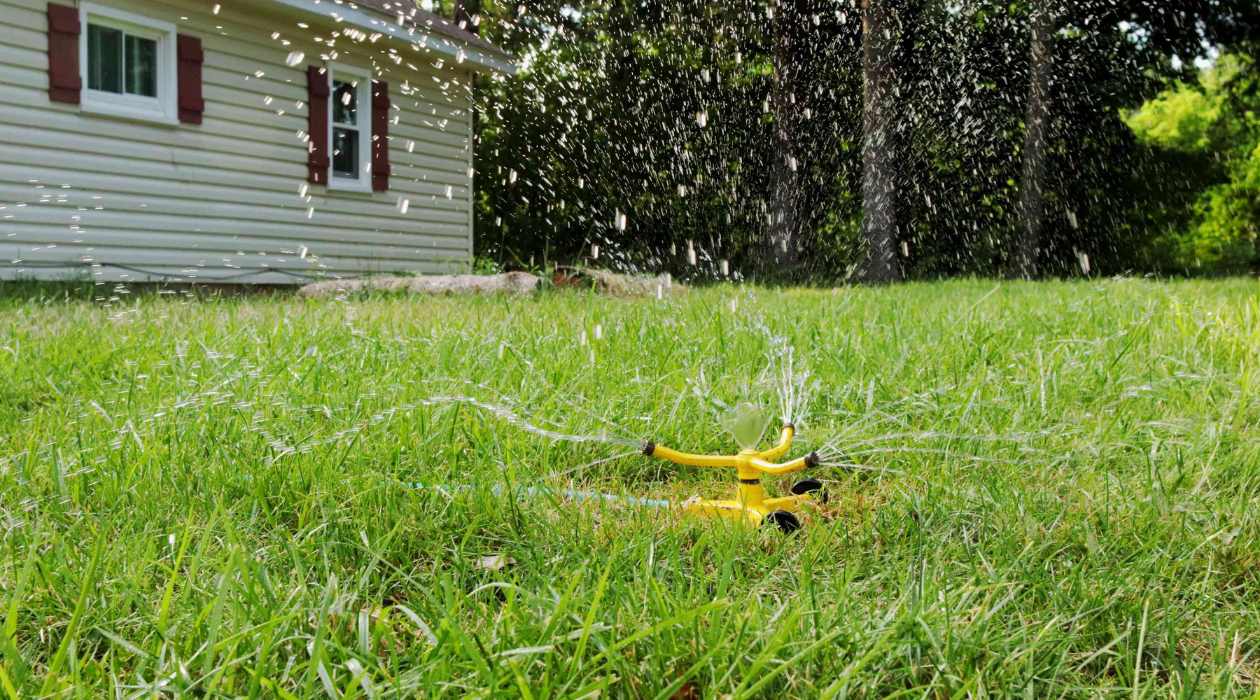
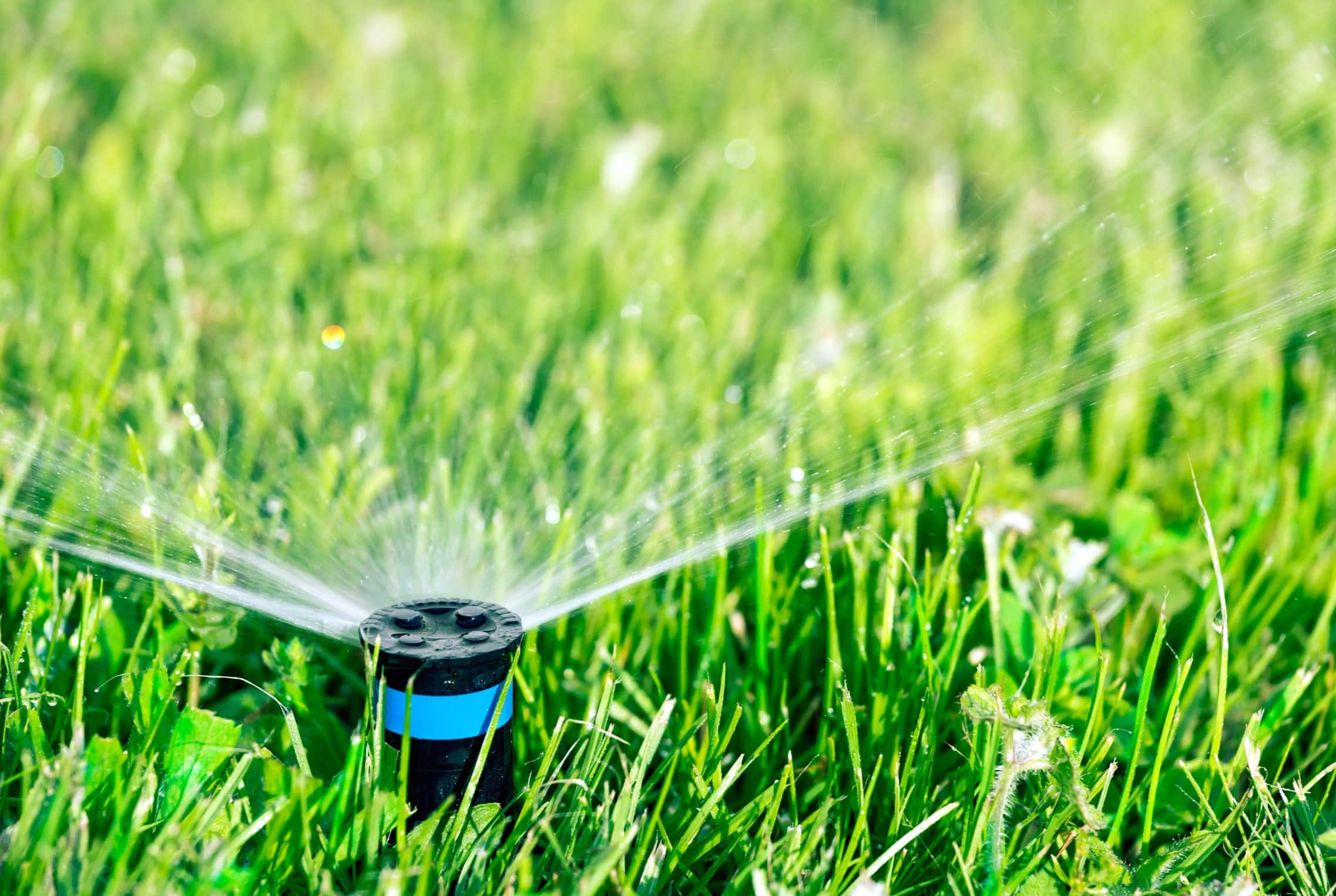
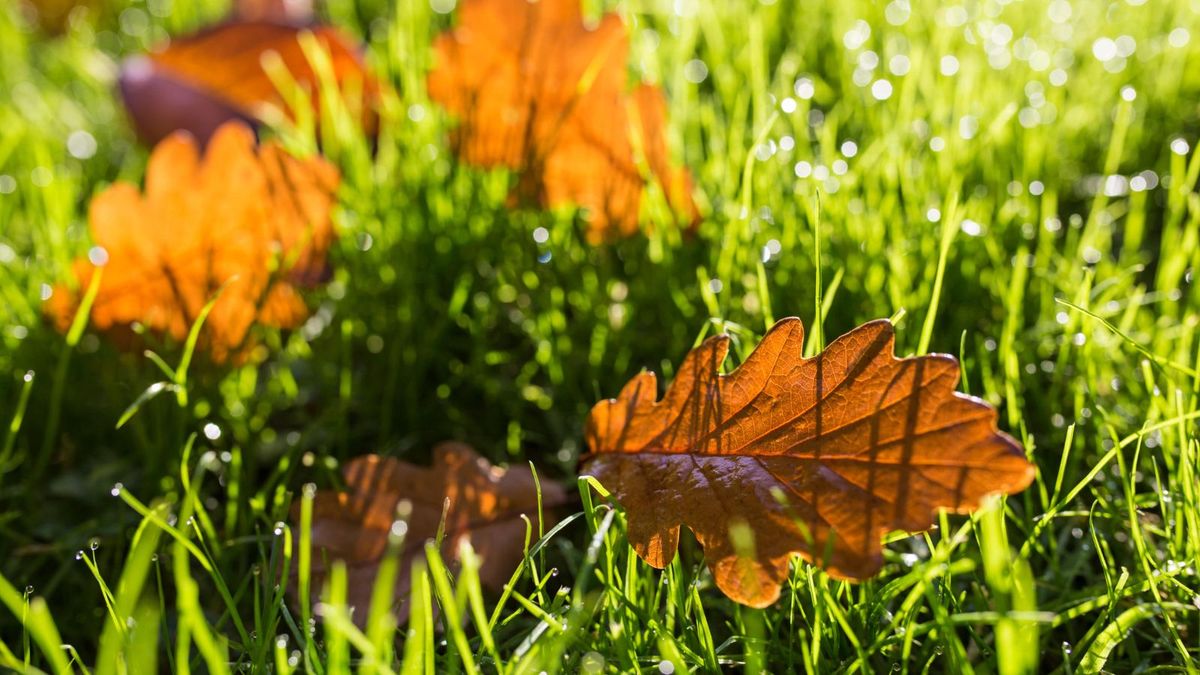
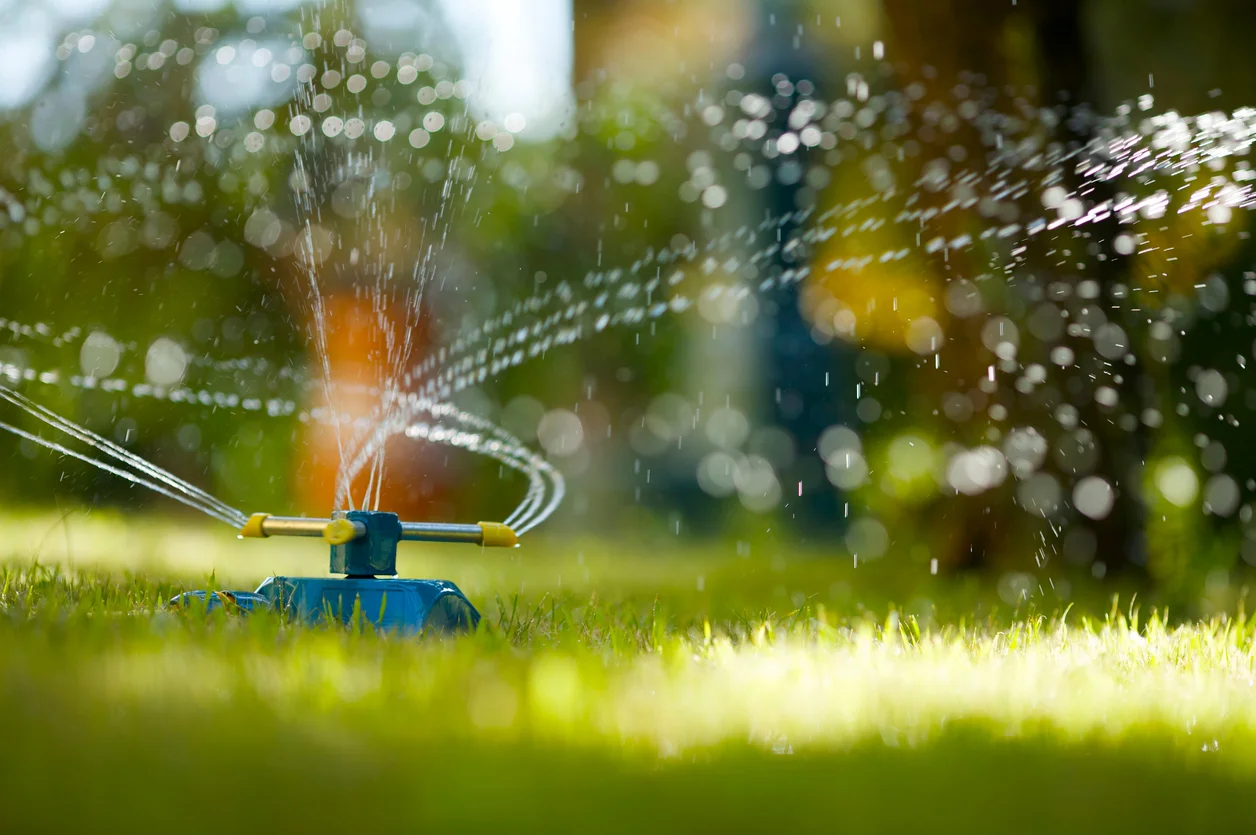
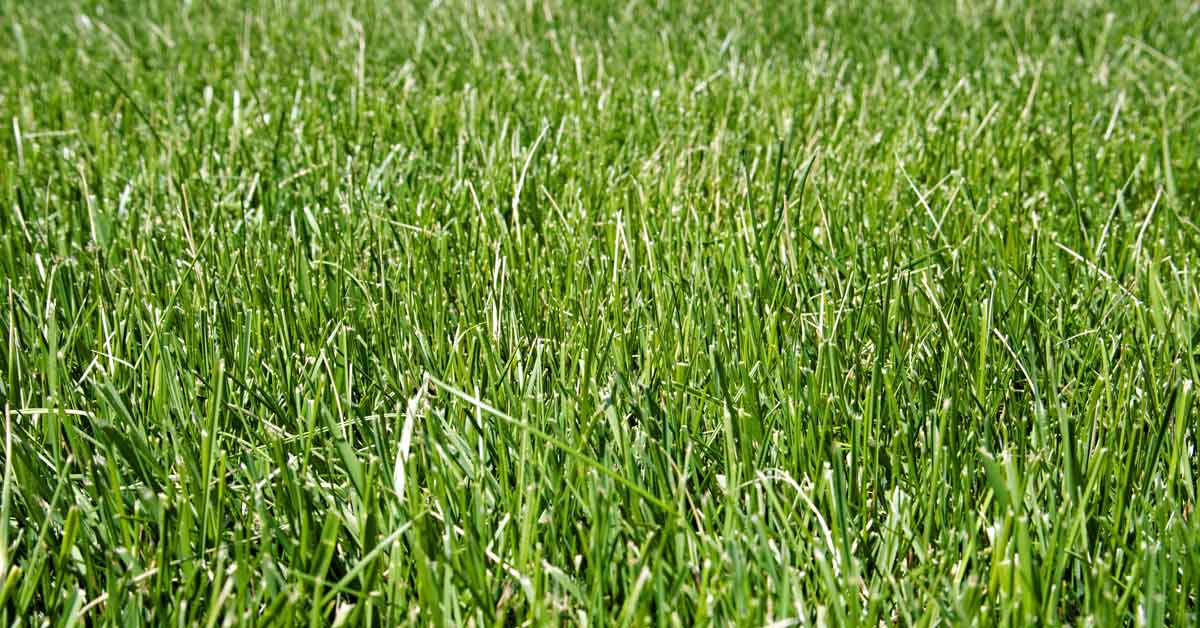
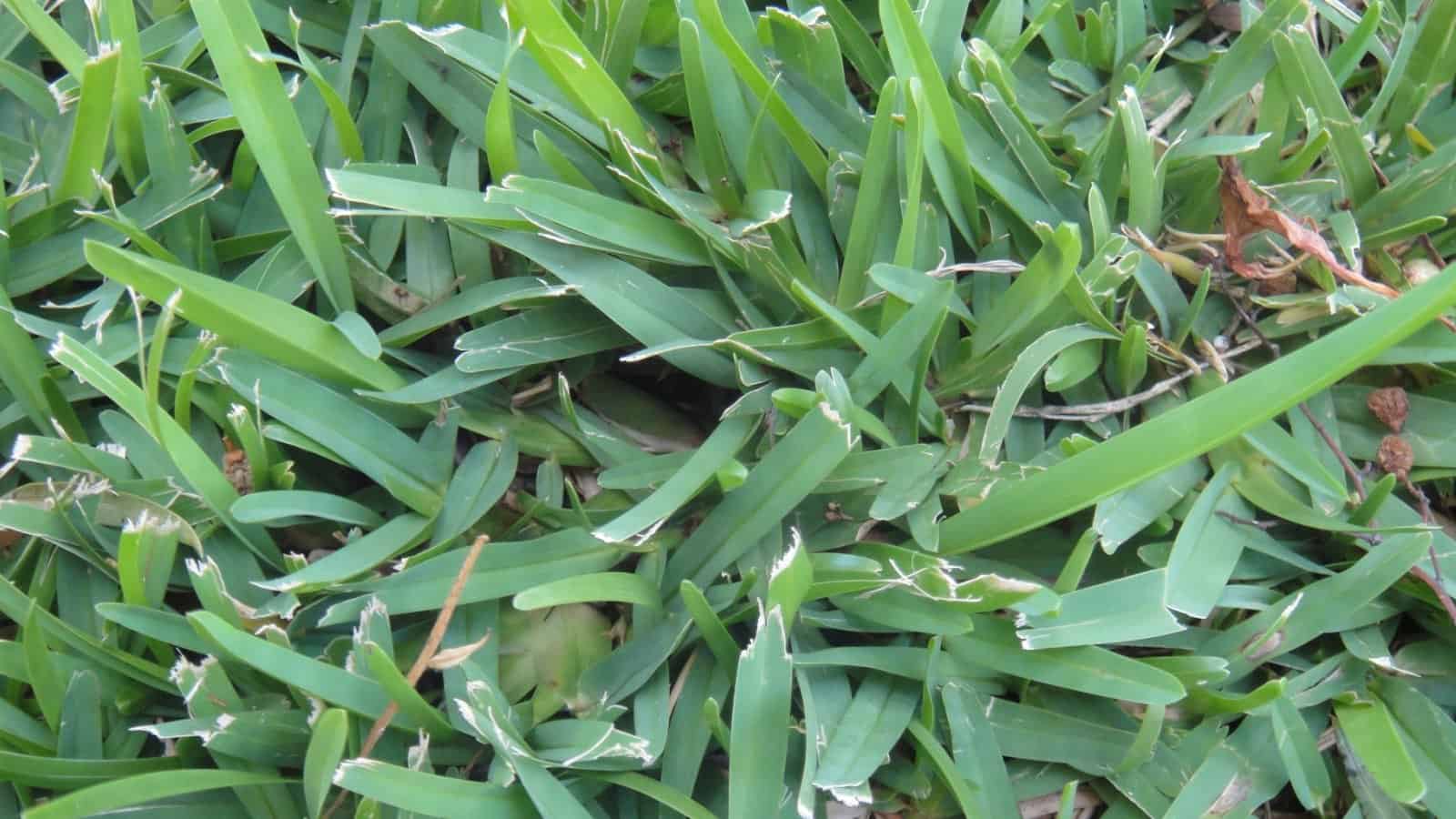
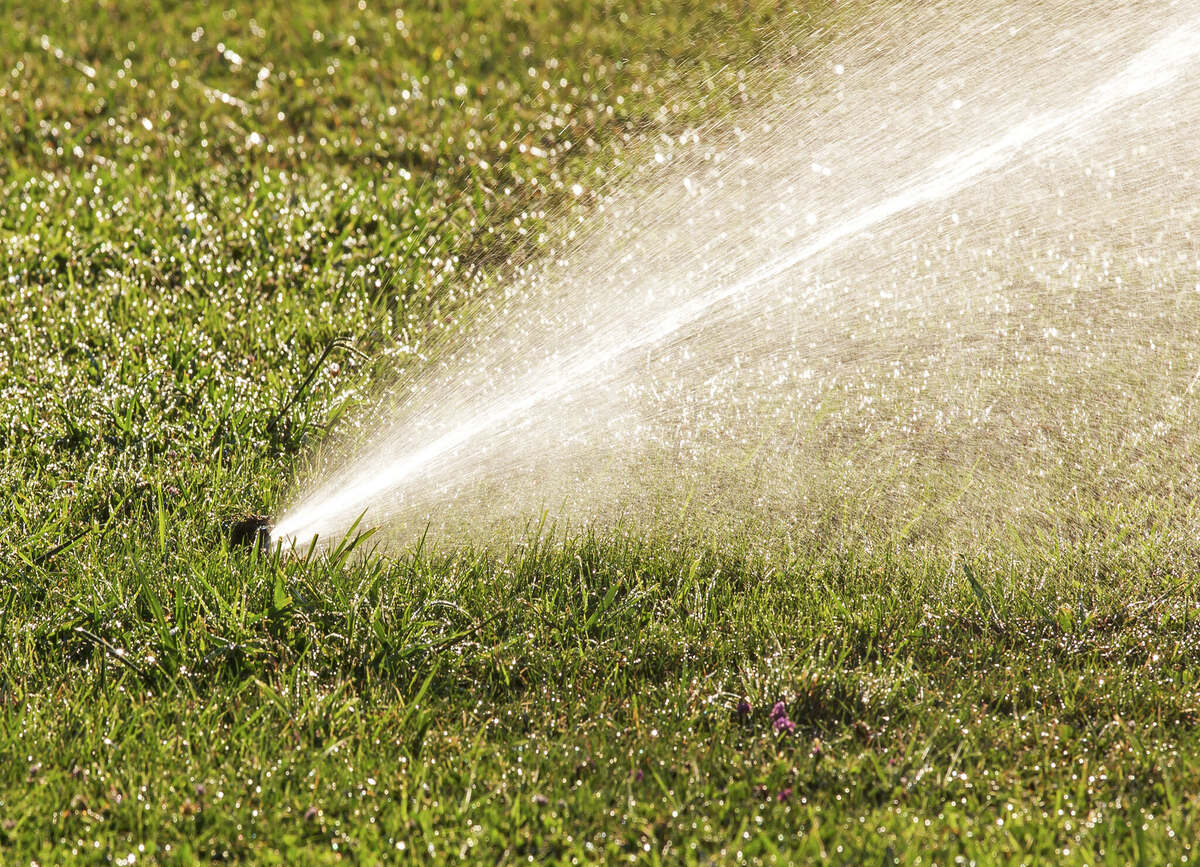
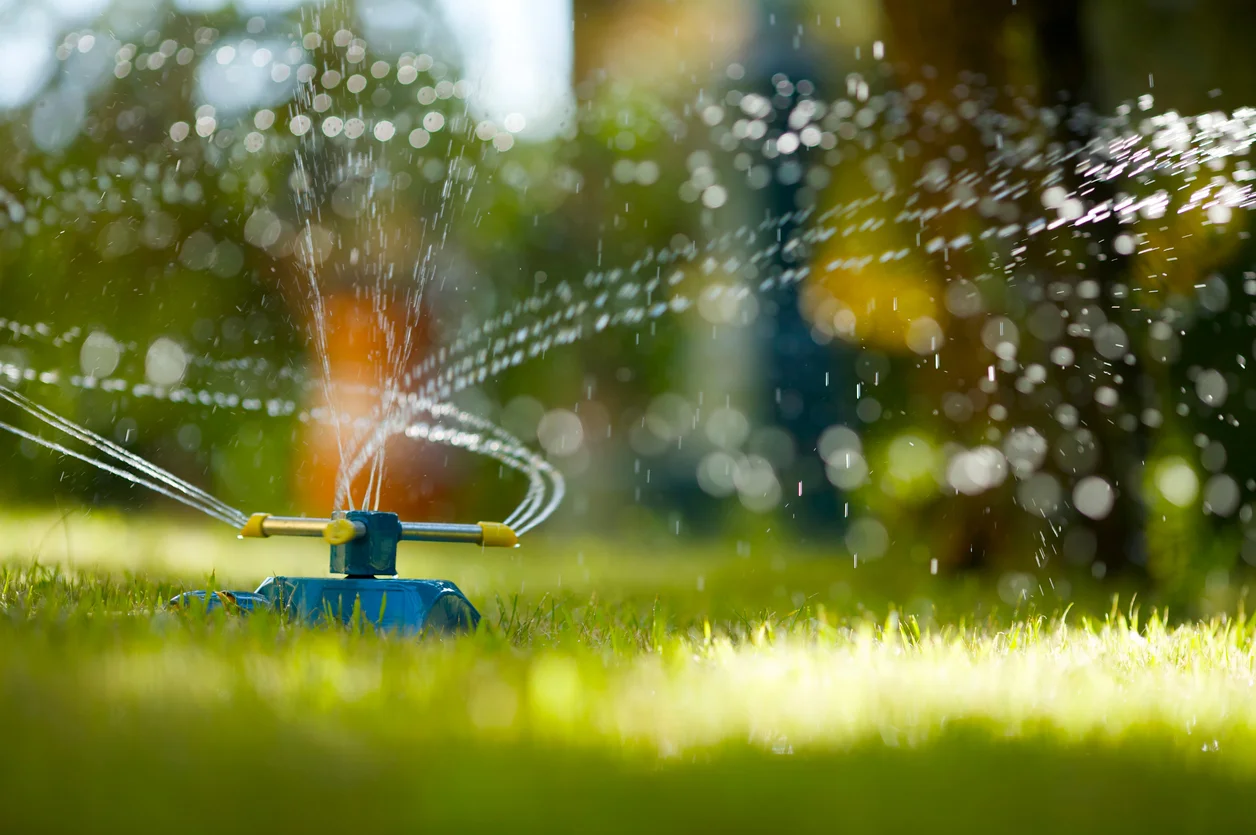

0 thoughts on “How Often Water Grass In Summer”